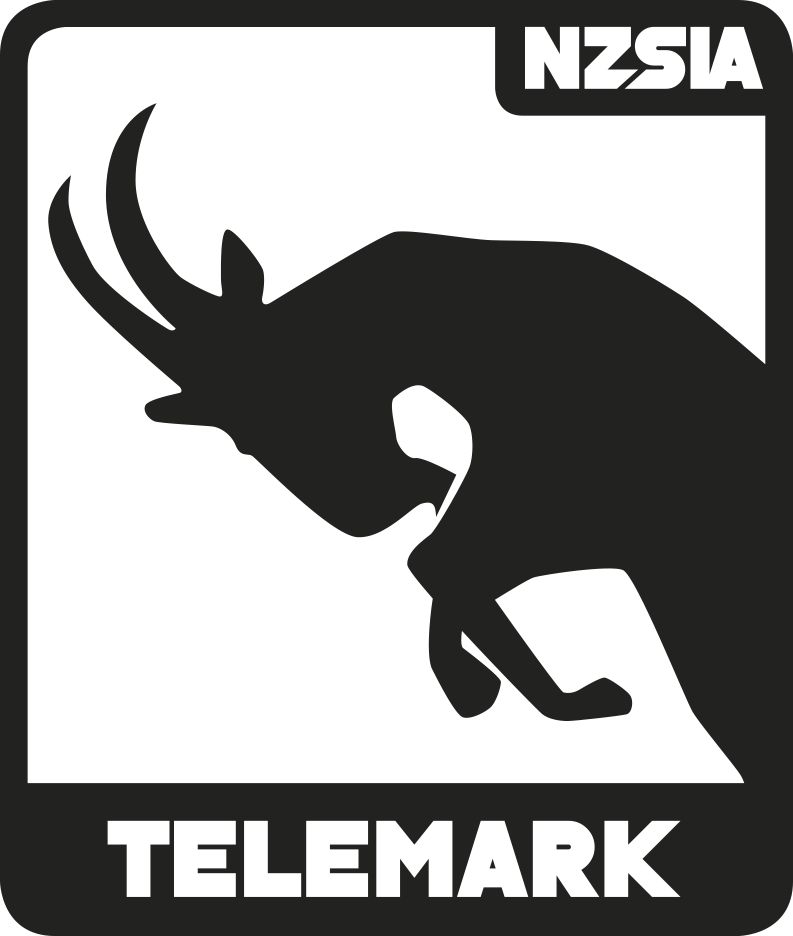Effective Communication will cover the ways that you can be an effective communicator. Learn some important communication tools, discover different styles of communication, and delve deeper into different feedback and questioning tools that a telemark instructor can use.
Question-Based Learning
Question-Based Learning (QBL) is a teaching strategy where instructors use targeted questions to:
By engaging students in the learning process, questions act as a powerful tool to promote self-discovery, deeper thinking, and long-term skill development.
Why Use Question-Based Learning?
However, for QBL to be effective, instructors must:
Hot Tip
Before applying QBL, establish trust and rapport with your students. A nervous or shy student may simply mimic others' answers rather than engage meaningfully.
Types of Questions in QBL
There are several types of questions instructors can use to encourage learning. Each serves a different purpose and comes with its own advantages and disadvantages.
Open Questions
- Encourages reflection and discussion
- Allows students to express opinions and insights
Examples:
- “Which turn felt the smoothest, and why?”
- “What part of your body did you move first to start your turn?”
Consideration:
- Answers may vary greatly, requiring the instructor to guide the discussion effectively.
Closed Questions
-
Provides clear, direct answers
-
Useful for confirming understanding
Examples:
- “Were those turns more successful than your last turns?”
- “Did you start your turns with your upper body or your legs?”
Consideration:
- Closed questions do not encourage discussion, so they should be balanced with open-ended ones.
Leading Questions
- Guides students toward a specific conclusion
- Helps reinforce correct techniques
Examples:
- “That last turn was smoother than the first two, wouldn’t you agree?”
- “From here, it looked like you used your shoulders to start your turns. Wouldn’t it be better to use your legs instead?”
Consideration:
- Leading questions can be manipulative and may prevent students from sharing their true experience.
Clarifying Questions
- Confirms understanding and clears up confusion
Examples:
- “Did you say that your last turns were your best?”
- “Just to make sure I understand, which body part did you use to edge your skis?”
Consideration:
- If overused, clarifying questions may make students feel like they aren’t being listened to.
Probing Questions
-
Encourages deeper thinking
- Helps students explain their reasoning
Examples:
-
“Can you explain why your last turn was better than the first two?”
- “Can you describe how you know which body part you moved first?”
Consideration:
- If used excessively, students may feel interrogated rather than supported.
Scaling Questions
- Helps quantify subjective experiences
- Allows for comparisons over time
Examples:
- “On a scale of 1-10, how smooth was that last turn compared to the first?”
- “On a scale of 1-10, how well did you control your edge engagement?”
Consideration:
- Students may not see the relevance of scaling questions if the information is not used for future comparisons.
Applying Question-Based Learning in Lessons
In real-world conversations, instructors naturally use a mix of question types. The key is to be intentional about when and how you use them.
Steps to Implement QBL Effectively:
Instructor’s Role in QBL
As a facilitator, your job is to guide students toward understanding while remaining neutral. The focus should be on their learning process, not your personal opinion.
Golden Rule:
- Avoid leading students toward a “correct” answer—let them discover solutions.
Instructor Tip:
If QBL isn’t working (e.g., the student is struggling with self-reflection), switch to a more instructor-led style like Command or Task-Practice.
For example:
- If a student is confused by open-ended questions, try using clarifying or closed questions to build their confidence before progressing.
Example in Action – Using QBL to Teach Telemark Turns
Scenario: A student is struggling with lead change timing in their Telemark turns.
Open Question
“What did you notice about your lead change on that run?”
Closed Question
“Did your lead change feel smoother on that run?”
Probing Question
“Can you explain why you think your lead change felt smoother?”
Scaling Question
“On a scale of 1-10, how well did you control your timing?”
Seek-Give-Seek Integration
- What do you think you could do differently next run to improve it?” (Seek)
- “Your lead change is slightly rushed in the second half of the turn.” (Give)
- “Would you like to focus on extending the transition or controlling your stance width?” (Seek)
This structured QBL approach keeps the student engaged, aware, and involved in their own development.
Final Thoughts
- QBL creates a deeper learning experience by promoting self-awareness, engagement, and independent thinking.
- The best instructors use a variety of question types to suit different learning styles and situations.
- Balancing question types strategically ensures efficient and meaningful student progress.
Challenge:
- After your next lesson, reflect on how you used questions. Could you have asked different ones? How did your students respond? What would you do differently next time?
- Mastering Question-Based Learning will take your teaching to the next level!


